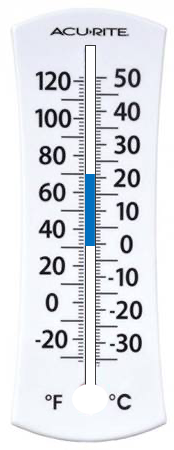In class, I described a paper from the 1960s that discussed how low temperature storage of milk has selected for psychrotrophic spoilage bacteria. I also showed data on the increased expression of proteolytic enzymes by these bacteria when grown at low temperature.
Flash forward 60 years, and food microbiologists are still studying the physiology and properties of psychrotrophic bacteria. Three papers published in 2021 illustrate this point.
The first paper describes the very problem noted in class – Pseudomonas and other psychroptrophs produce proteolytic enzymes that spoil foods. What they show in this study, however, is that some of those enzymes are thermostable. Thus, if the microbes are not controlled pre-pasteurization, residual enzyme activity can even cause spoilage of sterile milk
This very applied study addresses a problem that I did not know existed. Specifically, they were interested in the microbial levels in absorbent pads used in chicken and meat packaging trays. These pads are intended to absorb the so-called “drip” or exudates that would otherwise accumulate in the trays. Psychrotrophic bacteria can grow in the liquid producing off-flavors and odors. Plus, consumers regard that liquid as a sign of spoilage. But enumerating the microbes in the pads is not so easy, since by definition, they are absorbent.. So the question was how to dislodge the microbes from the pads prior to plate counting. It turns out that stomaching (a technique used in Food Microbiology Laboratory) was not effective, nor was sonication. The best was blending. By the way, those pads are loaded with bacteria – more than 109 CFU/ml after 7 days in the fridge.
Finally, this third paper describes the genetic basis for expression of cold shock proteins. We will talk about this more in the coming lectures, but when psychotropic bacteria experience a drop in temperature, they respond by inducing expression of proteins and enzymes that enhance their ability to grow and manage in cold conditions. For example, they are better able to maintain fluid cell membranes and stabilize proteins and DNA. Research on cold shock proteins may eventually lead to strategies to inhibit psychrotrophs in food.
Not only do these studies provide a better basis for understanding properties and ecology of psychrotrophic bacteria, they also illustrate how important it is to read the literature, even literature that is 60 years old!

